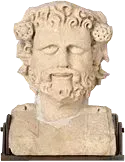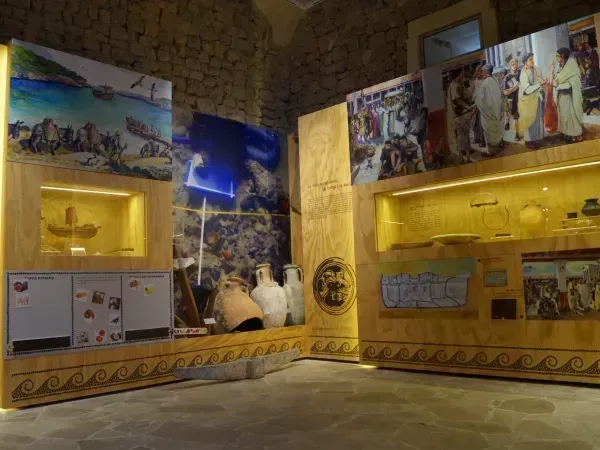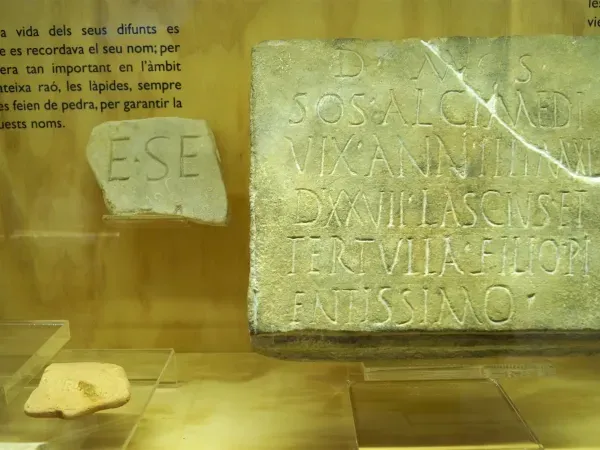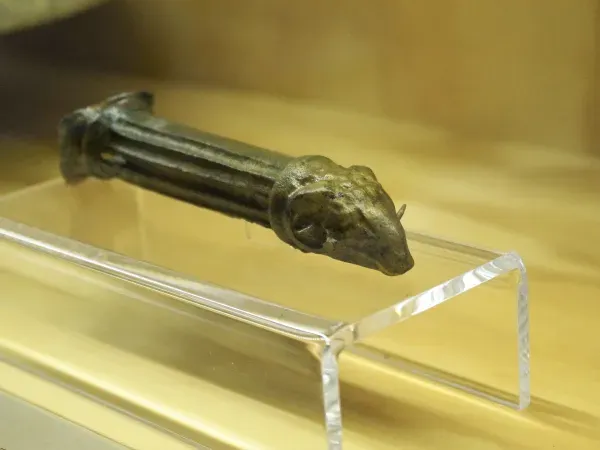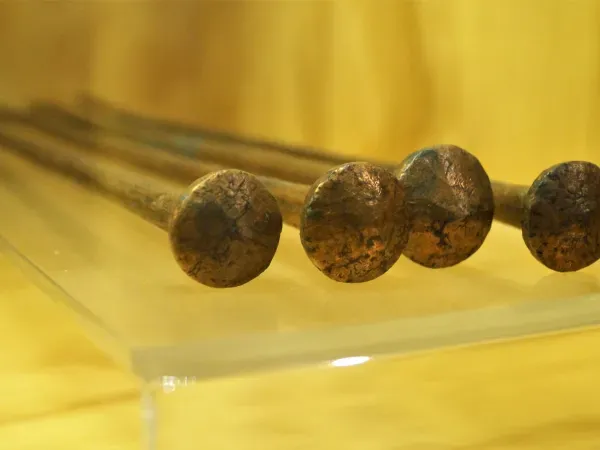
Roman period hall
Voice files
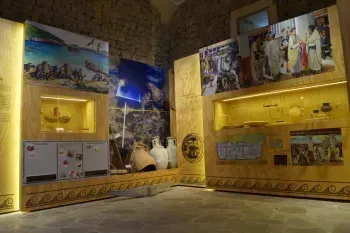
The Romans called Majorca and Minorca Baliares, and Ibiza and Formentera Pityusae. Phoenician settlers and, later, Carthaginians who inhabited Pityusae were, for centuries, the main point of contact between the islanders and the outside world. In fact, they drew Rome’s attention to Balaires.
Another source of information about the islands cam from the writings of Greek authors, such as Diodorus of Sicily (1st century BC):
«There are other islands lying opposite Iberia, which the Greeks call Gymnesiae because the inhabitants go naked of clothing in the summer time, but which the inhabitants of the islands and the Romans call Baliarides because in the hurling of large stones with slings the natives are the most skilful of all men. [. . .] Both islands have good land which produces fruits, and a multitude of inhabitants numbering more than thirty thousand, but as for their food products they raise no wine whatsoever; consequently the inhabitants are one and all exceedingly addicted to indulgence in wine because of the scarcity of it among them.» [Diodorus Siculus, Book 5, Chapter 17]
When the Romans arrived in Sicily at the beginning of the 3rd century BC, they were met by the Carthaginians, who also intended to extend their influence throughout the Mediterranean. After several clashes between these two powers, the Romans defeated the Carthaginians in the Second Punic War (218-202 BC) and came to control the Iberian Peninsula, organising it as a Roman province. The islands remained outside the domain of the Romans until Baliares was conquered 123 BC.
Roman settlers soon arrived on the islands, and the local population were exposed to their customs, such as writing and currency, for the first time. Both populations, local and Roman, coexisted for many centuries. Thus, at the height of the Roman period, Manacor had indigenous settlements, like the one at S’Hospitalet Vell, as well as new Roman settlements, such as the Roman villa on the Des Pou de Son Joan Jaume hill.
Much of the material on display in this room comes from the Roman shipwreck known as the “ship of the lamps”. It was carrying lamps and other products when it sank in the 1st century AD in Porto Cristo.

